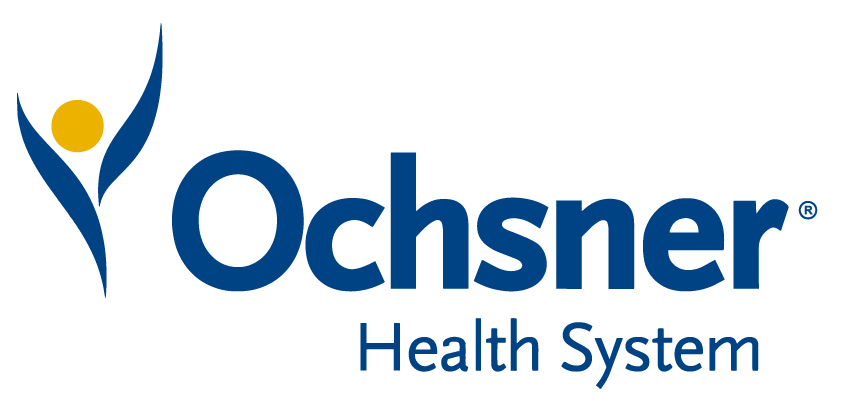

Knowing how and where to allocate block time is a notoriously challenging problem to solve for perioperative leaders. Time in the operating room (OR) is a finite resource, and nearly every surgeon leader has a need for additional block time. Even when surgical service lines or surgeons receive requested block time, underutilization is common while simultaneously OR access is limited. Traditional block allocation practices based on historical or flawed data rather than actual demand contribute to the disconnect between block time and utilization.
Join Memorial Hermann TMC’s Director and Manager of Hospital Operations to learn how leveraging the power of AI-driven technology empowered them to break through block allocation barriers and unlock OR access through data-driven insights.
Learning Objectives:






Take the first step towards unlocking capacity, generating ROI, and increasing patient access.